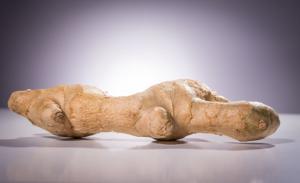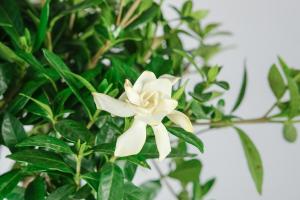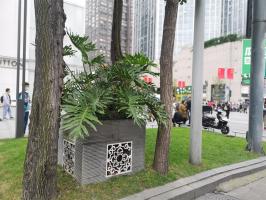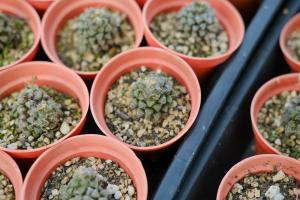What Plant Resembles the Tree of Life
There is a plant that has long been associated with the concept of the "Tree of Life," and that is the baobab. This iconic tree is found in various regions of Africa and is known for its massive size and unique appearance. But why has this particular plant been linked to the Tree of Life? Let's explore the history and characteristics of the baobab to understand its significance.
The Baobab Tree
Also known as the "upside-down tree," the baobab is a massive plant that can grow up to 98 feet tall and 36 feet wide. It is characterized by its thick trunk and sparse foliage, as the leaves only appear during the rainy season. The baobab is found in various countries across Sub-Saharan Africa, including Madagascar, Tanzania, and South Africa.
Symbolism and Mythology
Throughout history, the baobab has held various meanings and significance across African cultures. In ancient Egyptian mythology, the baobab was believed to be the first tree to grow on earth, and its fruit was said to contain the knowledge of the universe. In other African cultures, the baobab has been associated with longevity, strength, and wisdom, which are all qualities that align with the concept of the Tree of Life.
Uses and Benefits
The baobab is a versatile plant that has been used for various purposes for centuries. Its bark, leaves, and fruit are all edible and have been used in traditional medicine to treat various ailments. The fruit pulp is also used to make a popular drink that is high in vitamin C and antioxidants. In addition, the baobab is a valuable resource for local communities, providing timber, shelter, and even water storage during the dry season.
Conservation and Threats
Despite its significance and usefulness, the baobab is facing various threats from human activities and environmental factors. Deforestation, climate change, and soil degradation are all contributing to the decline of baobab populations across Africa. In recent years, there have also been reports of baobab trees dying off unexpectedly, which is causing concern among scientists and conservationists.
The Baobab as a Symbol of Resilience
Despite these challenges, the baobab remains a symbol of resilience and vitality in African culture. Its ability to thrive in harsh environments and provide valuable resources to local communities is a testament to its strength and enduring spirit. As we work to protect and preserve the baobab for future generations, we can also learn from its resilience and strive to emulate its qualities in our own lives and communities.

 how many times do yo...
how many times do yo... how many planted tre...
how many planted tre... how many pine trees ...
how many pine trees ... how many pecan trees...
how many pecan trees... how many plants comp...
how many plants comp... how many plants can ...
how many plants can ... how many plants and ...
how many plants and ... how many pepper plan...
how many pepper plan...
































